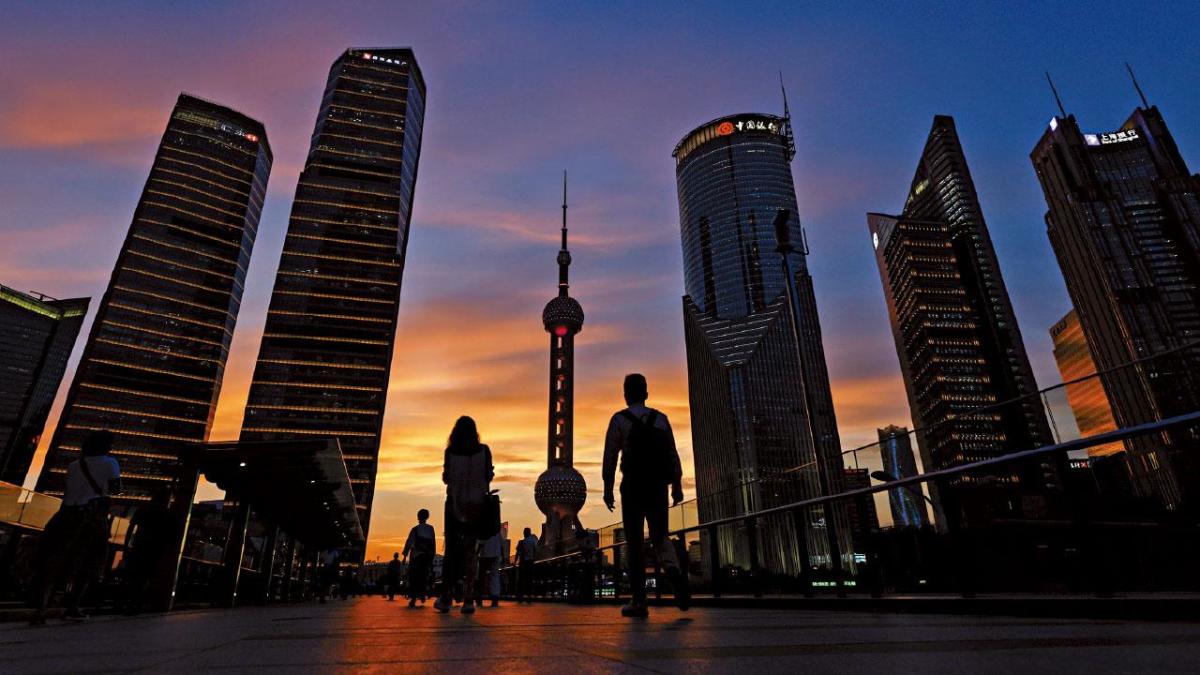A year later, A-shares experienced another three-thousand-point offensive and defensive battle. After falling below 3,000 points last Friday, the Shanghai Composite Index fell further by 1.5% or 43 points yesterday to 2,939 points, a new low since early November last year. After the fall of Sanqianguan, Central Huijin announced yesterday that it has entered the market again, buying exchange-traded open-end index funds (ETFs), and will continue to increase its holdings in the future. This is the second time this month that the “national team” has made a move. However, the mainland has been more supportive of the market in recent months, and foreign capital has withdrawn faster. Goldman Sachs pointed out that China had a total of US$117 billion (approximately HK$912.6 billion) in capital outflows in August and September, and the situation is not under control. The RMB is expected to continue to depreciate.
The mainland has taken several measures to rescue A-shares in recent months, including lowering stamp duties and restricting borrowing and short-selling. As early as the 11th of this month, Central Huijin spent 476 million yuan to increase its holdings in the four major banks of ICBC, Jiangsu and Agricultural Bank of China, and stated that it planned to Increase holdings within the next 6 months. Analysts point out that from an effect point of view, increasing holdings of the four major banks will have a limited impact on the number of stocks, but when buying ETFs, the amount is expected to be much larger than buying the four major banks, and the impact will be greater.
100 Billion Equalization Fund established by Ninze Pingei
Although the mainland has taken measures to support the stock market many times, Ren Zeping, a well-known economist in the mainland, believes that it is still not enough. Yesterday, he issued an article titled “It is time to vigorously boost the stock market”, urging the authorities to activate the capital market, improve information disclosure, and establish a level of 100 billion yuan. fund, and reiterated a 10 trillion yuan rescue plan, including distributing 3 trillion yuan of consumer coupons and launching 7 trillion yuan of infrastructure projects.
As for the pace of foreign capital withdrawal, foreign news reports indicate that data from the State Administration of Foreign Exchange last Friday showed that domestic banks sold a net US$19.4 billion in foreign currencies to customers last month, the highest since November 2018; banks made net outflows overseas on behalf of customers. US$53.9 billion was the largest monthly outflow since January 2016. Goldman Sachs reported that its data showed that net capital outflows from the mainland climbed to approximately US$75 billion last month, the highest since the end of 2016, an increase of nearly 80% from approximately US$42 billion in August.
Hope there will be a turnaround at the Politburo meeting at the end of the month
However, mainland securities firms remain optimistic. China Merchants Securities said that the Politburo meeting is expected to be held at the end of this month, and the policy level will usher in a turn to boost sentiment.
The original article was published on AM730
2023-10-23 20:29:53
#Offensive #defensive #warForeign #capital #withdrew #billion #yuan #months #fell #Huijin #war

